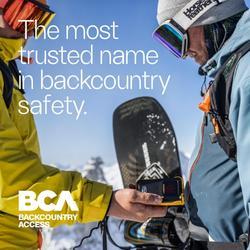Observation Date
3/10/2024
Observer Name
Kelly/Richards/Balls
Region
Uintas » Moffit Peak
Location Name or Route
Moffit Peak
Comments
We dug a snowpit on a north (8°) facing slope in a protected area at 10,030' in on the west side of Moffit Peak. The snow in this location was 7.7' (236cm) deep. We dug down 5' (150 cm) and found a right side up snowpack. The extended column tests gave us results with no propagation ECTN17 @8" from the surface (215cm from the ground) and ECTN30@ 1' from the surface (180cm from the ground).
After the test we pried on the column and were able to get a fracture 3' below the surface. Where we dug the stability was good. Thinner, rockier, steeper slopes that may have previously avalanched are the places I would pause to assess before committing to steeper terrain. Luckily there is plenty of great riding to be had on slopes away from these steep thinner locations.
After the test we pried on the column and were able to get a fracture 3' below the surface. Where we dug the stability was good. Thinner, rockier, steeper slopes that may have previously avalanched are the places I would pause to assess before committing to steeper terrain. Luckily there is plenty of great riding to be had on slopes away from these steep thinner locations.
Today's Observed Danger Rating
Low
Tomorrows Estimated Danger Rating
None
Coordinates



